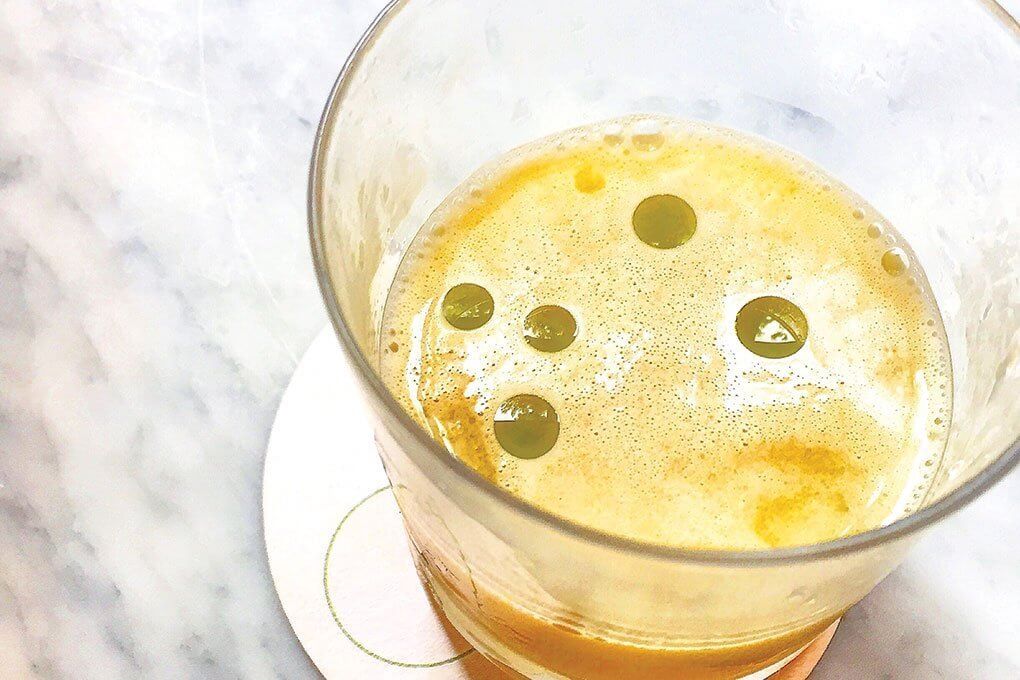The interest in cocktails and other custom-designed beverages continues unabated, motivating operators to create appealing and intriguing beverage options that keep patrons coming back for more.
Much of the inspiration for bar managers and mixologists is coming from the kitchen. Everything from unique ingredients to preparation techniques is informing the design of new, signature cocktails as well as the reinvention of classic beverages. These culinary-inspired revamps are also impacting the types of garnishes operators may consider.
All of this is significantly changing the aspect of the bar and the ingredients sourced and stored for it. In an age when operators are willing to experiment—both on the menu and at the bar—with ingredients, mash-ups, formats and preparations, it can be hard to truly pinpoint what is nontraditional and what may hearken back to previous eras and techniques long lost. Here are 10 beverage ingredients and flavors that are stirring up serious menu interest.











